Rural Voices: Meeting Native American Housing Needs
This issue of Rural Voices focuses on the progress being made in improving the housing conditions of Native Americans. Considerable challenges, including substandard conditions, overcrowding, insufficient funding, and persistent poverty, face Indian Country, but tribes and their housing organizations are equally persistent in working to overcome them. Rural Voices authors share what readers need to know when working with tribes, highlight innovative projects, discuss funding opportunities, and further describe challenges for a diverse population of Native American tribes across the country. The Wells Fargo Housing Foundation has provided generous support for this issue of Rural Voices, and for HAC’s other work on Native American housing needs and solutions.
VIEW FROM WASHINGTON
Building a Stronger Indian Country: The BUILD Act and Indian Housing
by Senator John Hoeven
The BUILD Act aims to improve the development of tribal housing projects and reauthorize critical Indian housing programs.
FEATURES
Creating Sustainable Homelands through Homeownership on Trust Lands
by Patrice H. Kunesh
A multifaceted approach can help leverage resources to improve housing and economic development in Indian Country.
Partnering with Tribes to Address Housing Needs
by Deana Around Him and Yvette Roubideaux
Open communication, cultural humility, and respect go a long way when working together with tribes.
Important Considerations for Working with Tribes
by Twila Martin Kekahbah
Understanding tribal governance,sovereignty, and the barriers to tribal development is critical to doing business with American Indian tribes.
Housing Solutions that Work for Native Americans
by Anthony Walters
The Native American Housing Assistance and Self-Determination Act is an important tool in meeting tribal housing needs.
Helping Native Americans Become Homeowners through Section 184
by Jeff Bowman and Tanya Krueger
This Native-owned bank has what it takes to successfully use HUD’s Section 184 program to meet tribal members’ housing needs.
Native Community Finance Serves Native Americans in New Mexico
by Marvin Ginn
Native CDFIs provide funds and services to improve Native American housing conditions.
Housing for Holistic Rez Living
by James “JC” Crawford
Sisseton Wahpeton Oyate has had major success in integrating housing and community needs.
INFOGRAPHIC
 American and Alaska Native (AIAN) Communities at a Glance
American and Alaska Native (AIAN) Communities at a Glance
Rural Voices would like to hear what you have to say about one, or all, of these issues. Please feel free to comment on this story by sending a tweet to #RuralVoicesMag, discuss on the Rural Affordable Housing Group on LinkedIn, or on our Facebook page.

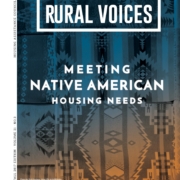
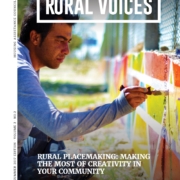
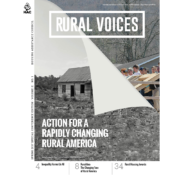
 Ruralities: The Changing Face of Rural America
Ruralities: The Changing Face of Rural America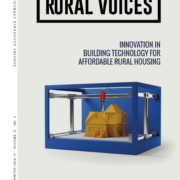
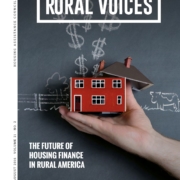
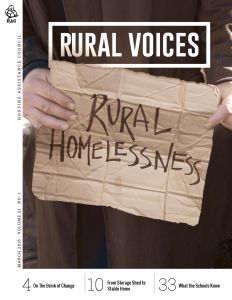
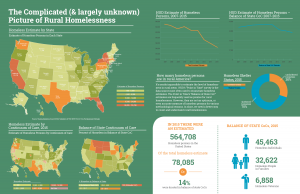
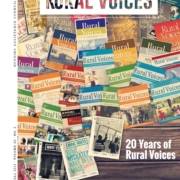
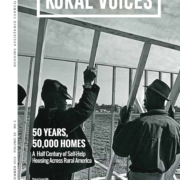
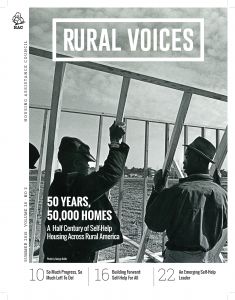

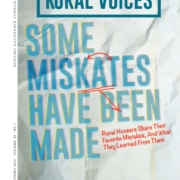




 Poverty in Rural America
Poverty in Rural America